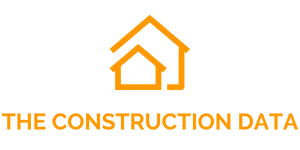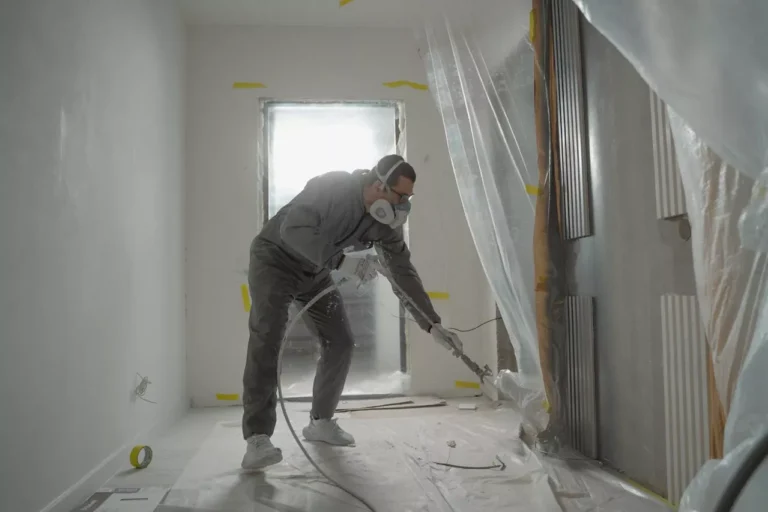
James Hardie Reports Q1 FY26 Results, Updates Outlook After AZEK Deal
James Hardie Industries plc , a global leader in exterior building products and outdoor living solutions, announced its financial results for the first quarter ended June 30, 2025. The results reflected both anticipated market challenges and progress in advancing the company’s long-term strategic initiatives.
Market Conditions and Strategic Perspective
Chief Executive Officer Aaron Erter opened the announcement by acknowledging the realities of the quarter. “Our first quarter results were largely as we had anticipated, and reflect an expected normalization of channel inventories, due to moderating growth expectations by customers as uncertainty built throughout April and early May,” Erter explained.
Despite a backdrop of slowing housing activity and cautious customer ordering patterns, the company emphasized that it remains firmly committed to its strategy of outperforming market demand over the long term. Erter reaffirmed the company’s focus on execution, stating, “We remain committed to outperforming market demand over the long term and are employing strategies to deliver on this commitment, notwithstanding near-term conditions. Our actions are centered around our value proposition to customers, and our solid execution against these strategies amplifies our expansive material conversion opportunity. We are resolute in our strategy that is grounded in being homeowner focused, customer and contractor driven.”
This customer-first philosophy—described internally as being “homeowner focused, customer and contractor driven”—remains at the core of James Hardie’s identity. It is designed to keep the business aligned with the needs of homeowners while strengthening loyalty among builders, contractors, and dealers who deliver its solutions in the market.
Integration of AZEK and Growth in Outdoor Living
One of the most notable developments of the quarter was the progress made with the integration of AZEK, a company acquired earlier this year. AZEK’s business, particularly in Deck, Rail & Accessories, continued to exceed expectations. According to Erter, “AZEK again exceeded guidance, sustaining top line momentum and impressive profitability. For Deck, Rail & Accessories, solid sell-through growth demonstrates the resilient demand profile of the category and TimberTech’s strong value proposition.”
The integration of AZEK is more than an expansion—it represents a significant opportunity to accelerate material conversion. Homeowners are increasingly moving away from traditional wood-based products toward advanced, durable, and low-maintenance solutions. James Hardie sees itself as uniquely positioned to capture this transition.
The company also emphasized that synergies between James Hardie and AZEK are being pursued on an accelerated timeline, particularly cost efficiencies and commercial alignment. Erter noted that initial feedback from dealer customers has been very encouraging, further reinforcing the logic of combining the two businesses. “Our confidence in the strategic logic of the combined enterprise is greater than ever,” he said. “I am so proud of the focus and dedication shown by our One Hardie Team over the last 50 days, and I am confident that together we are elevating James Hardie to be a clear leader in the building products industry.”
Financial Performance: Revenue and Margins
While strategic initiatives advanced, the quarter’s financial results reflected ongoing headwinds. Net sales decreased 12%, driven primarily by lower volumes. The company attributed the decline to weaker market demand and inventory management actions taken by its distribution and retail partners. However, this was partially offset by price increases, as the company successfully raised average net sales prices across several categories.

Breaking down volumes:
- Single-Family Exteriors saw declines due to softness in new construction, particularly in southern states such as Texas, Florida, and Georgia. These markets, while core long-term growth regions for James Hardie, are currently under pressure from affordability challenges and elevated housing inventory.
- Interiors also experienced volume declines.
- Multi-Family volumes were the bright spot, posting modest growth.
Adjusted EBITDA margin fell 400 basis points to 32.1%. This margin contraction was driven by unfavorable production cost absorption (a result of lower volumes), higher raw material costs, and increased input expenses. Nonetheless, these pressures were partially mitigated by price increases and efficiencies generated through the Hardie Operating System (HOS), the company’s continuous improvement platform.
North American Market and Strategic Investments
In North America, which represents James Hardie’s largest market, the company reiterated its focus on delivering strong value to customers while maintaining a leading margin profile. Despite near-term challenges, the company sees itself as well positioned for long-term growth.
James Hardie has made significant investments across its manufacturing footprint in North America, ensuring that capacity and product availability are aligned with market recovery when demand improves. These investments also support the company’s broader material conversion agenda, as it seeks to increase penetration of its advanced siding and trim products.
Additionally, James Hardie is intensifying its engagement with contractors—a crucial segment of the value chain. By expanding its contractor base and offering superior support, the company aims to strengthen its presence in the repair and remodel (R&R) market, a segment often more resilient than new construction.
In new construction, James Hardie continues to expand exclusivity with major national builders. The company highlighted recent wins in this area, including multi-year agreements that secure siding and trim adoption. A notable example is the recent partnership with Beazer Homes, finalized in July, which ensures James Hardie products are featured across Beazer’s national footprint. Such agreements reinforce James Hardie’s position as the preferred partner for leading homebuilders and expand opportunities to attach complementary products such as trim.
Long-Term Outlook and Shareholder Value
While acknowledging current pressures, the company emphasized its confidence in long-term housing fundamentals. Population growth, urbanization, and a structural undersupply of housing units across North America provide strong tailwinds for future demand. The company believes that when affordability stabilizes and demand resumes, it will be in a prime position to capture share.
James Hardie’s strategy is not only about defending current margins but also about expanding value creation. The company is prioritizing capital allocation toward growth investments, integration of AZEK, and continued innovation. Through disciplined execution, it aims to generate attractive returns for shareholders even in challenging market conditions.
The company also highlighted its commitment to sustainability and durability, positioning itself as a partner of choice for builders and homeowners who increasingly demand environmentally responsible and resilient building solutions. This aligns with James Hardie’s broader material conversion thesis: moving customers from traditional wood, vinyl, and other less durable materials toward fiber cement and advanced composites.
CEO’s Closing Remarks
Erter concluded his remarks with a tone of cautious optimism:
“Our results this quarter reflect the realities of the housing market, but also the strength of our strategy. We continue to see strong opportunities to grow with contractors, to expand exclusivity with national builders, and to accelerate our material conversion journey through the integration of AZEK. The long-term fundamentals of housing remain intact, and we believe James Hardie is better positioned than ever to capture growth when the market rebounds. Our One Hardie Team is executing with focus, discipline, and resilience, and that gives me great confidence in our future.”




